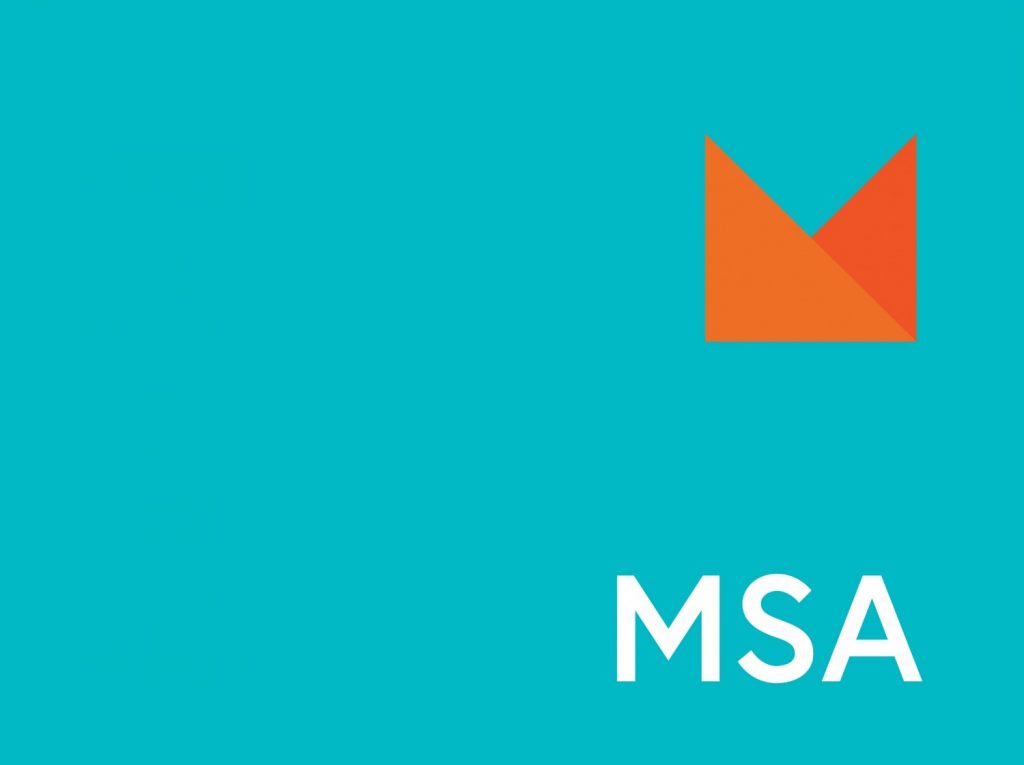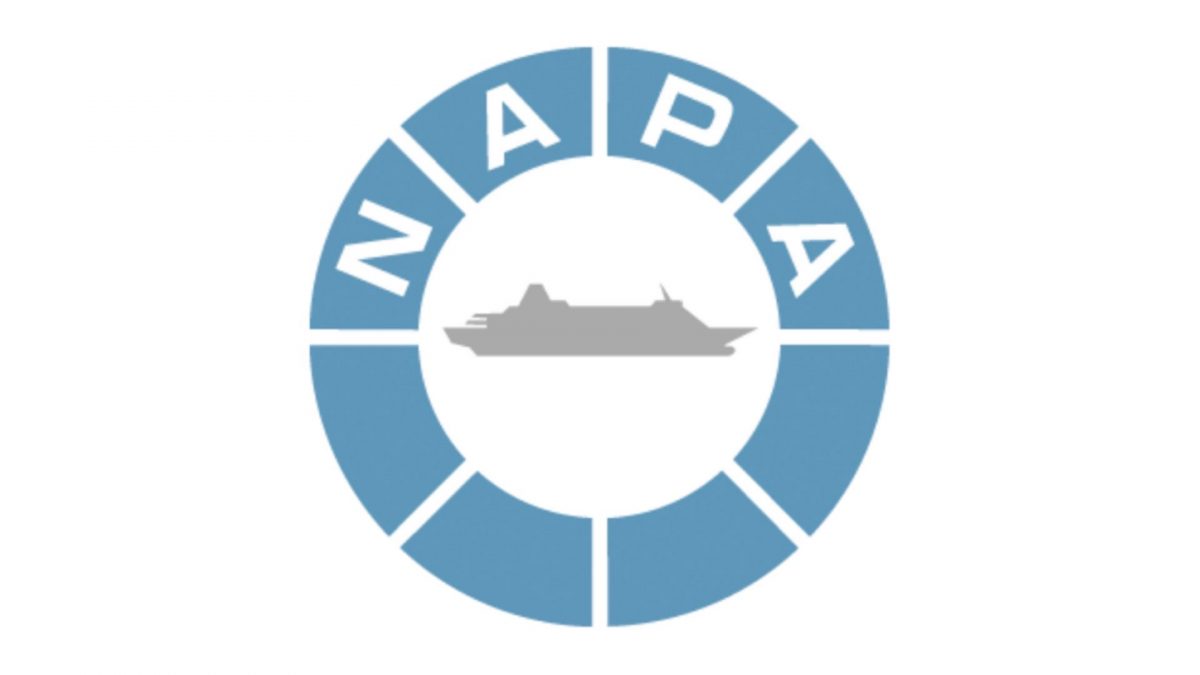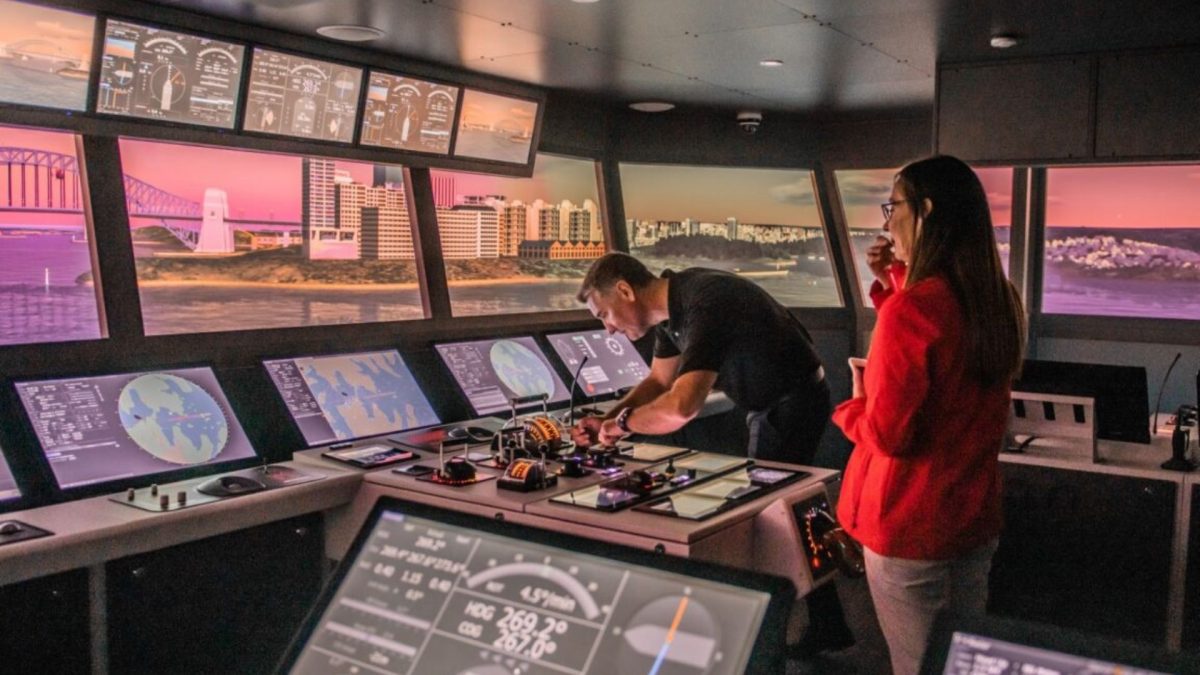Maritime Skills Academy is proud to be the only training centre in the UK to partner with NAPA in an approved NAPA Ship Stability Course.
Designed for industry insiders to learn the ins and outs of ship stability, from cargo planning to ship calculations, we’re the only company delivering such a hands-on approach to training.
Join us as we delve into the course details, covering who NAPA is, what they do, and why our partnership with them is so important for the success of the course.
Who is NAPA?
Established in Finland, NAPA has become a renowned maritime software, services, and data analysis leader. The company’s journey began with a strong focus on naval architecture and has since expanded to encompass a broad spectrum of solutions to enhance the maritime industry’s safety, efficiency, and sustainability.
With its roots deeply embedded in Finnish maritime expertise, NAPA has become synonymous with innovation and technological advancement in the marine world. In fact, NAPA maintains a presence in Japan, South Korea, China, Singapore, the USA, Germany, Greece, Romania, and India. Over 90% of new vessels built by NAPA customers rely on their ship design software, becoming the de facto standard in shipbuilding.
NAPA’s reputation is built upon its commitment to research and development, consistently pushing the boundaries of what’s possible in maritime technology. This dedication has positioned the company at the forefront of the industry, known for its pioneering spirit and ability to adapt and evolve with the changing tides of maritime needs and regulations.
NAPA’s expertise is not just limited to software development; it encompasses a comprehensive understanding of the intricacies of ship design, operation, and performance in the real world.
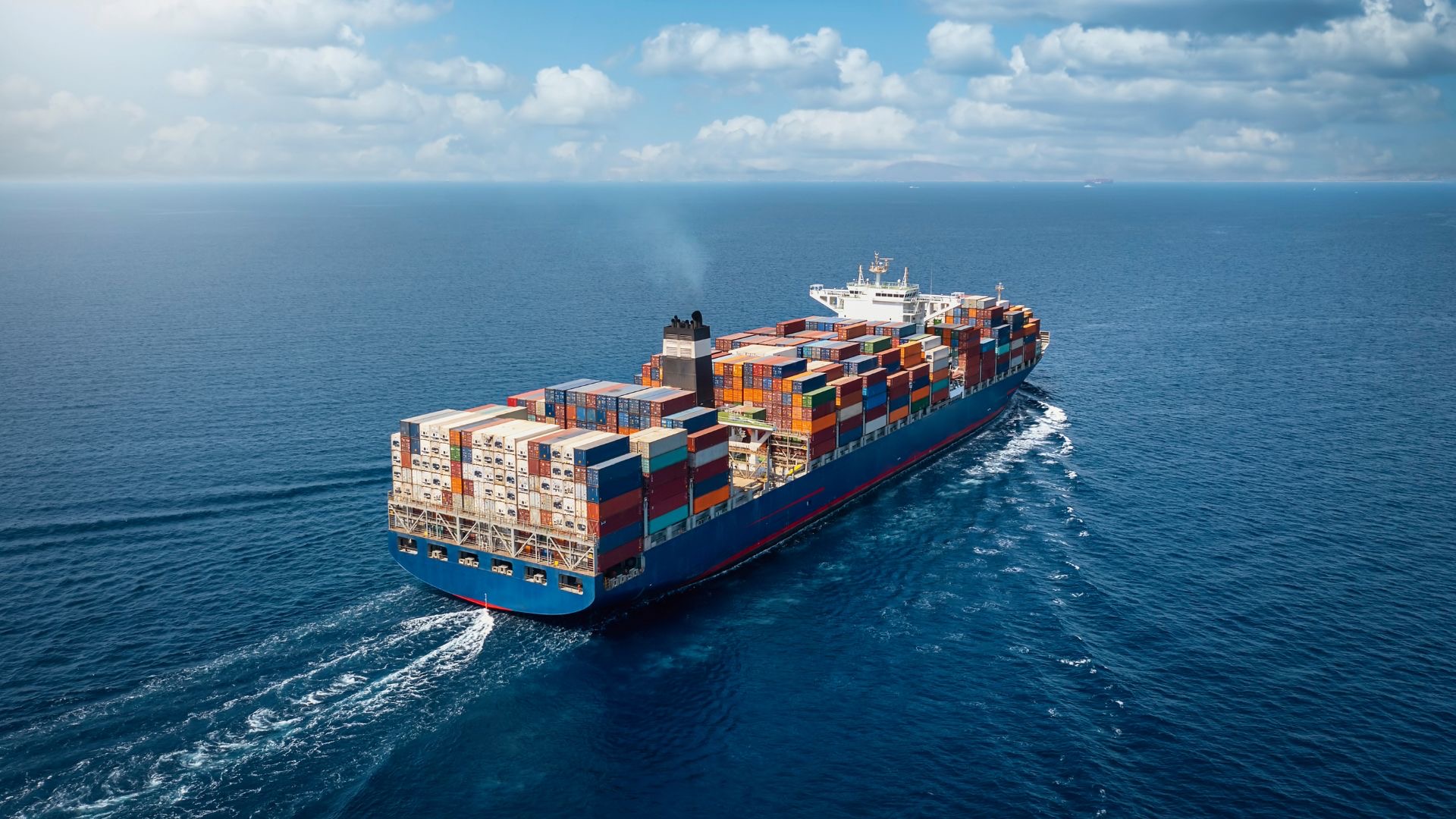
What does NAPA do?
NAPA specialises in advanced software solutions for ship design and operational efficiency. These tools are crucial in helping the maritime industry meet the challenges of modern shipbuilding and operation, including performance monitoring, fuel efficiency, and emission reduction.
The company is also deeply involved in enhancing maritime safety, offering risk assessment and emergency response planning tools.
Furthermore, NAPA actively develops solutions to align with evolving environmental regulations in the maritime sector, assisting the industry in meeting stringent sustainability standards. Through its comprehensive range of services, NAPA plays a vital role in advancing the maritime industry towards a safer, more efficient, and environmentally conscious future.
New partnership between NAPA and MSA
NAPA has partnered with the Maritime Skills Academy (MSA) to enhance Ship Stability Management Training. This collaboration focuses on making this vital safety training more comprehensive and easily accessible to maritime professionals.
The training, incorporating NAPA’s state-of-the-art Stability Management Computer, is designed to be both interactive and practical, and is available in-person and online. It emphasises real-life maritime scenarios and compliance with the International Maritime Organisation’s (IMO) guidelines.
“Theoretical knowledge is never enough. With this course, we aim to provide hands-on experience with the industry-leading latest NAPA Passenger Ship Stability Management tool,” said Mark Jaenicke, Operations Director at the Maritime Skills Academy.
This initiative by NAPA and MSA represents a significant advancement in maritime safety training, marrying technical expertise with practical instruction.
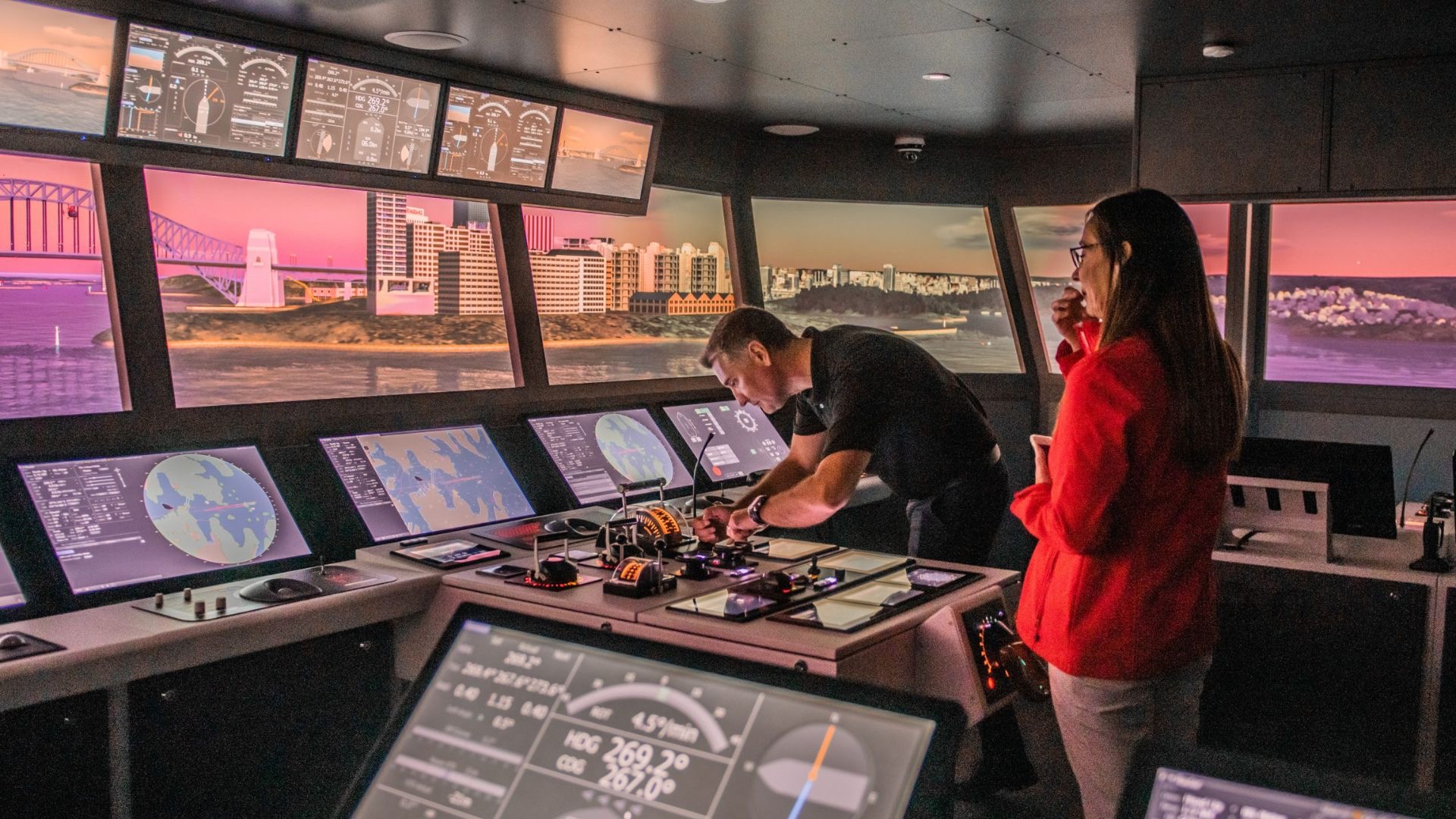
What is the NAPA Ship Stability Course?
The NAPA Ship Stability course offered by the Maritime Skills Academy is a comprehensive three-day program (including one day of e-learning) designed to deepen theoretical knowledge in various aspects of ship stability. Priced at £1,020.00 incl. VAT, the course covers topics like intact stability, damage stability, stress, dynamic stability, and the use of onboard NAPA facilities.
Key elements include:
- Understanding the GZ-curve
- Intact stability
- Damage stability
- Stress and dynamic stability
- Usage of onboard NAPA facilities
- Stability criteria
- Free surface effects
- Probabilistic damage stability calculations according to SOLAS II-1 regulations
Closing Thoughts
Partnering with NAPA is a landmark step forward for us here at the Maritime Skills Academy. It means we can provide a leading Ship Stability course that harnesses the power of the most modern type-specific NAPA Stability Management Computer.
With experienced instructors taking the helm, we’re confident that attendees will master the intricacies of everything from casualty investigations to operations in port. Interested in attending?
Register your interest now to apply for the next three-day course – we’ll contact you with further details.
